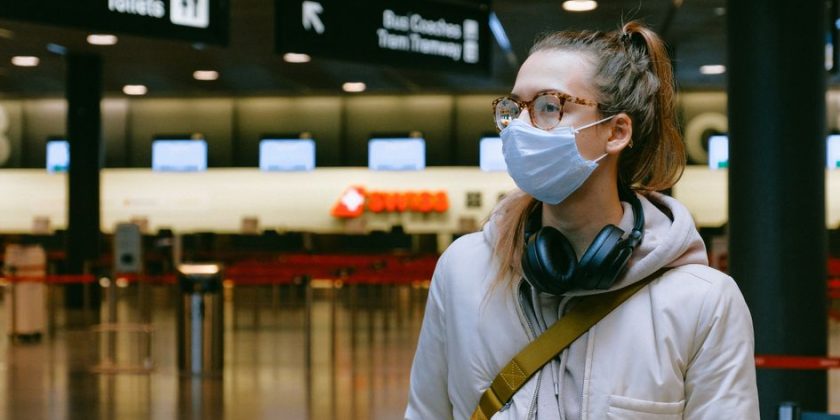August's decline represents 700 million fewer arrivals compared to the same period in 2019 and equals a loss of $730 billion in export revenues from international tourism.
Photo via Pexels.
During the typically two busiest travel months, July and August, international arrivals plunged 81% and 79%, respectively, according to new research by the United Nations World Tourism Organization (UNWTO).
All world regions recorded large declines in arrivals during the first eight months of the year. Asia and the Pacific, the first region to suffer from the impact of COVID-19, saw a 79% decrease in arrivals, followed by Africa and the Middle East (both 69%), Europe (68%) and the Americas (65%).
August's decline represents 700 million fewer arrivals compared to the same period in 2019 and equals a loss of $730 billion in export revenues from international tourism.
“This unprecedented decline is having dramatic social and economic consequences, and puts millions of jobs and businesses at risk,” UNWTO Secretary-General Zurab Pololikashvili said in a statement. “This underlines the urgent need to safely restart tourism, in a timely and coordinated manner.”
As Europe gradually reopened its borders, the continent recorded relatively smaller declines in July and August — 72% and 69%, respectively. However, the recovery was short-lived and travel restrictions and advisories have been reintroduced as a second wave of infections spreads.
Asia and the Pacific experienced a 96% decline in both months due to the closure China's borders and other major destinations.
Due to the ongoing uncertainty about the pandemic, the UNWTO expects the demand for international travel to drop 70% for the whole of 2020.
Source: Read Full Article

